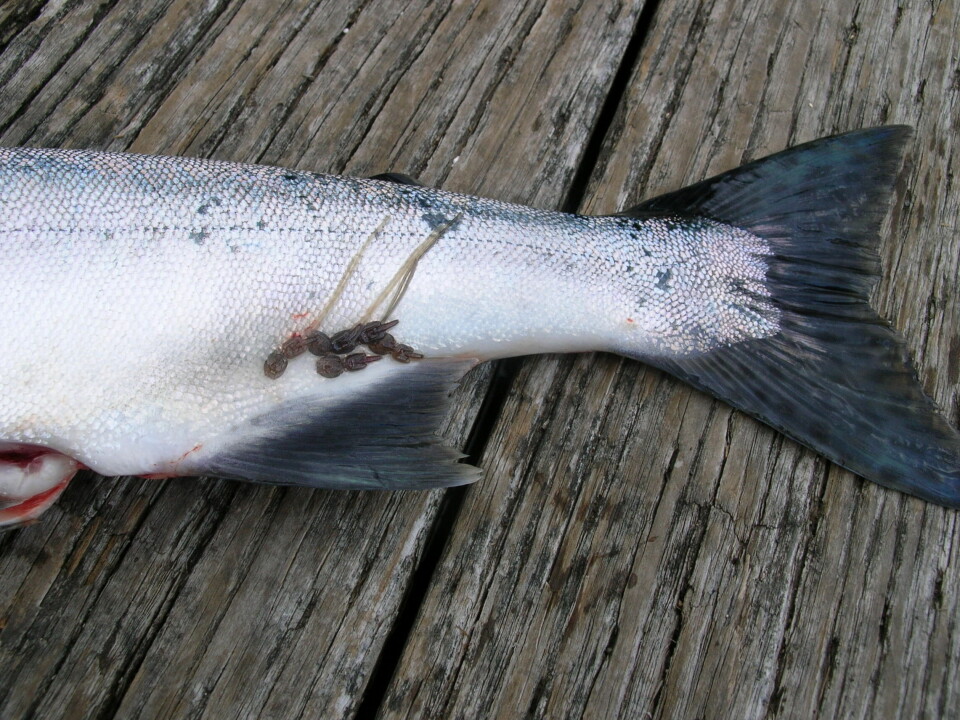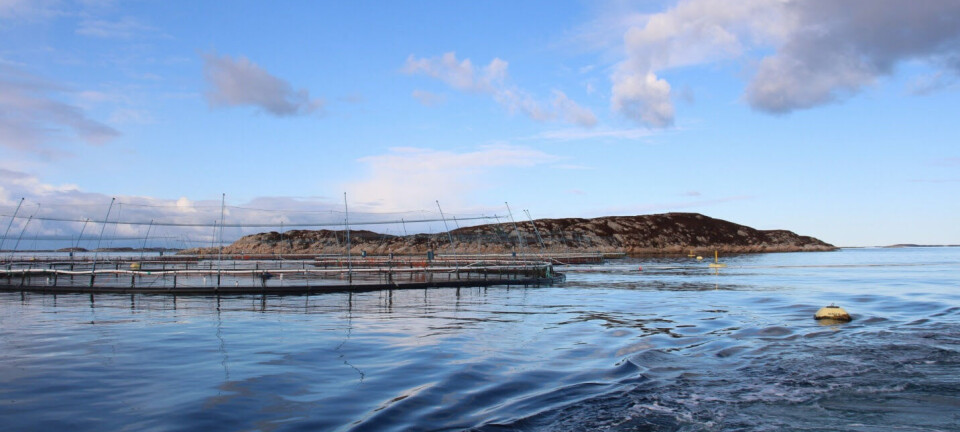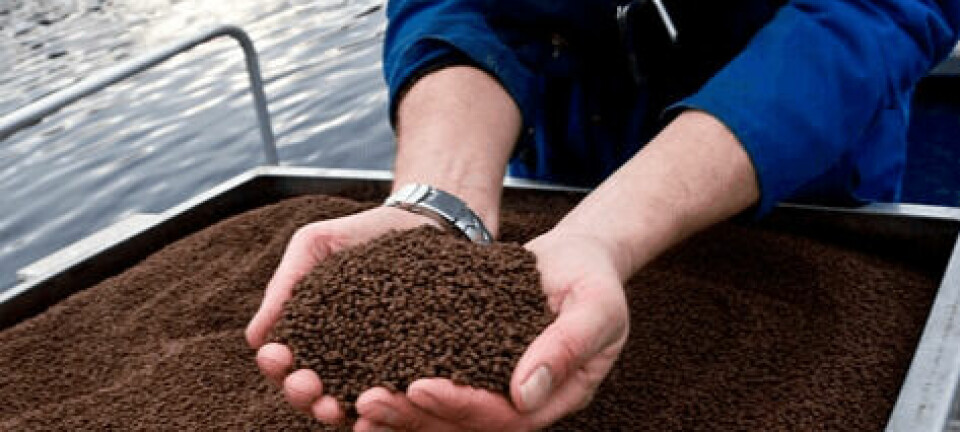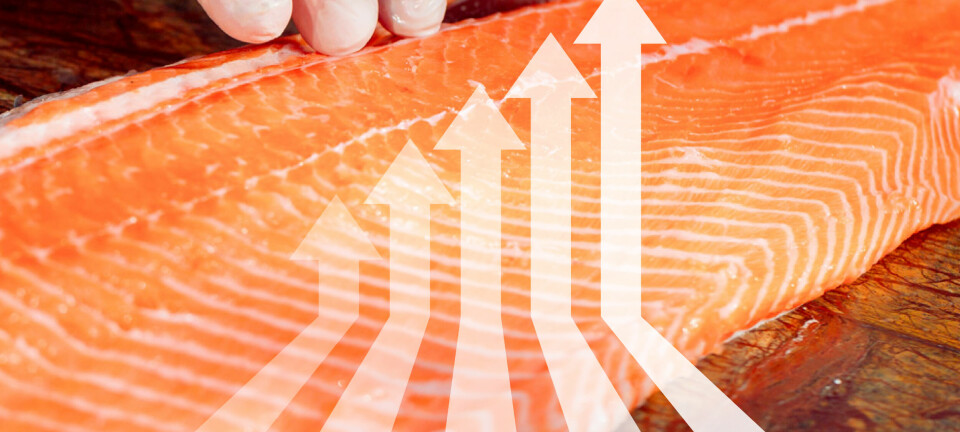
New treatment for sea lice tried in B.C.
Until recently, the only effective and approved chemical for the regulation-mandated treatment of sea lice on farmed salmon in British Columbia was the in-feed mixture of Emamectin benzoate supplied under the trade name SLICE™. Previous experience with another chemical- Ivermectin- was deemed risky for both fish health and environmental reasons. Although not yet documented in B.C., resistance among sea lice populations to Emamectin benzoate has been well documented in other jurisdictions, causing B.C. fish farmers to look for alternative treatment methods. In January this year, Marine Harvest Canada announced that the company had received Ministry of Environment approval for a new sea lice management option for farm-raised salmon- Hydrogen peroxide (Brand name Interox™ Paramove 50™).
Last week, Marine Harvest issued the following statement:
The first use of hydrogen peroxide in BC for control of sea lice has been completed with great success. The new treatment option, announced by Marine Harvest Canada in January, was applied to a group of the company’s salmon in March, and proved to be a very safe and effective method to reduce the level of sea lice on farm-raised salmon. "Our current sea lice management may require the use of an in-feed drug (SLICE™)," said Clare Backman, Marine Harvest Canada's Public Affairs Director. "Although successful to control sea lice, and sparingly used, our adherence to voluntary but strict third part certification standards require us to continually reduce our use of medication."
The new treatment available to BC salmon farmers, diluted hydrogen peroxide, is applied as a bath to a group of salmon. The bath removes small, naturally occurring, external fish parasites (sea lice) attached to the salmon. Hydrogen peroxide rapidly breaks down into harmless compounds: water and oxygen. Diane Morrison (DVM) oversaw the recent treatment process and says the procedure was safe for staff and fish. "Ninety-five percent of the sea lice on our fish were removed by a single treatment," Morrison said.
British Columbia salmon farmers are recognized for their successful management of sea lice (Rogers et al, 2013) and for many years have requested additional treatment options to ensure this success continues. The Ministry of Environment and Health Canada have authorized use of peroxide for a trial period, during which time continued monitoring and reporting will be required by the company. The sea lice common in BC waters are not a concern to human health, and rarely pose a fish health concern to farm-raised salmon.























































